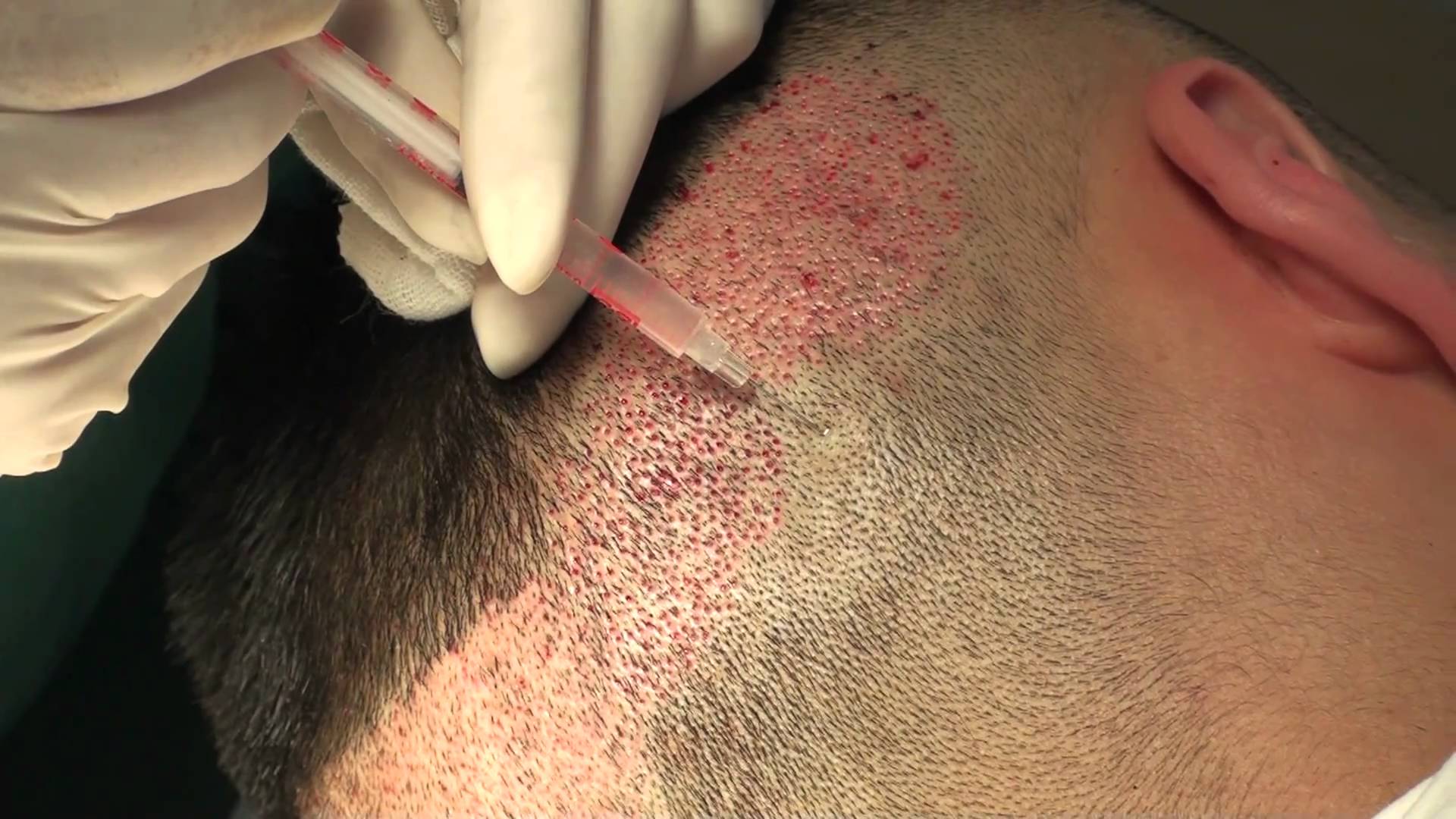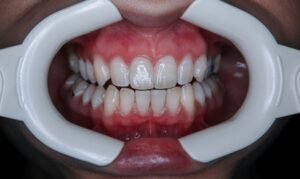Undergoing a hair transplant is an investment in your appearance and confidence, and proper post-operative care is crucial to ensure optimal results. After the surgery, your scalp needs time to heal, and your new hair follicles require careful handling to grow effectively. By following the right steps during the recovery period, you can encourage healthier, stronger hair growth while minimizing complications.
In this article, we’ll explore 12 essential post-operative care tips that will help you achieve the best possible outcome from your hair transplant.
1. Follow Your Surgeon’s Post-Op Instructions Religiously
Your surgeon will provide you with detailed post-operative instructions tailored specifically to your procedure and individual needs. These guidelines are not just suggestions but essential steps to promote proper healing and optimal hair growth. From when to wash your hair to how to manage discomfort, following these instructions is key. Ignoring or modifying them can lead to complications, such as infection, dislodged grafts, or delayed healing. Always communicate with your surgeon if you have questions or concerns during the recovery process, and make sure to attend all follow-up appointments to track your progress and receive additional advice.
2. Avoid Touching or Scratching Your Scalp
One of the most critical pieces of post-operative advice is to avoid touching or scratching your scalp in the days and weeks following your hair transplant. The newly implanted hair follicles are delicate, and any rough handling can dislodge them or interfere with their ability to take root. Even if you experience itching as the scalp heals, resist the urge to scratch, as this can lead to scarring, infection, or damage to the grafts. If itching becomes uncomfortable, consult your surgeon about mild products or treatments that can soothe the scalp without compromising the healing process.
3. Sleep With Your Head Elevated
During the initial stages of recovery, it’s crucial to sleep with your head elevated to minimize swelling around the forehead and recipient area. Using two or three pillows to keep your head at a 45-degree angle can reduce pressure on the transplanted area and prevent fluid buildup that might slow healing. This position also reduces the likelihood of accidentally rubbing your scalp against your pillow, which could dislodge grafts. Try to avoid sleeping on your side or stomach for at least the first week after surgery, as this could put undue stress on the implanted follicles.
4. Follow a Gentle Hair Washing Routine
Washing your hair after a transplant requires special care. Most surgeons will advise that you wait at least 48-72 hours before washing your scalp. When it’s time to start, use a mild, sulfate-free shampoo and wash gently with lukewarm water. Instead of rubbing the scalp, pour water gently over it, and use your fingertips to softly clean around the donor and recipient areas. Avoid vigorous scrubbing or towel drying, as this can disturb the newly implanted follicles. Pat the scalp dry with a soft towel instead of rubbing, and consult your surgeon on the appropriate frequency of washing in the early stages of recovery.
5. Avoid Direct Sun Exposure
Your scalp will be sensitive after surgery, and direct exposure to the sun can cause irritation and prolong the healing process. UV rays can also damage the new follicles, especially in the first few weeks post-transplant. It’s best to avoid any prolonged sun exposure for at least a month after the procedure. If you must be outside, wear a loose-fitting hat to protect your scalp. Be sure that the hat isn’t tight, as pressure on the transplanted area can affect graft survival. Waiting until your surgeon gives the green light to expose your scalp to the elements is vital for optimal hair growth.
6. Avoid Strenuous Physical Activity
While exercise is generally good for your health, it’s important to avoid strenuous physical activities in the weeks following your hair transplant. Excessive movement, sweating, and increased blood pressure can affect the healing process and increase the risk of complications such as swelling, bleeding, or graft dislodgement. Activities such as running, weightlifting, or sports should be avoided for at least two weeks after the procedure. You can engage in light activities like walking, but always check with your surgeon before resuming any exercise routine. Gradually reintroduce physical activity as your body heals to prevent setbacks.
7. Stay Hydrated and Maintain a Healthy Diet
Proper nutrition and hydration play a crucial role in the recovery process and the health of your newly transplanted hair follicles. Drinking plenty of water keeps your body and scalp hydrated, promoting faster healing and reducing the risk of complications such as dryness or irritation. Additionally, a balanced diet rich in vitamins and minerals like zinc, biotin, and vitamins A, C, and D supports hair growth and strengthens your follicles. Incorporate nutrient-dense foods such as leafy greens, lean proteins, fish, nuts, and seeds into your meals to nourish your hair from the inside out. Avoid alcohol, as it can dehydrate your body and hinder the healing process.
8. Avoid Smoking and Alcohol Consumption
Smoking can have a detrimental effect on the healing process after a hair transplant. Nicotine constricts blood vessels, reducing blood flow to the scalp, which is critical for the survival and growth of the new hair follicles. Poor circulation can delay healing and increase the risk of complications such as infections or graft failure. Alcohol, too, can interfere with healing by dehydrating the body and thinning the blood, which may lead to excessive bleeding. It’s best to avoid smoking and alcohol consumption for at least a few weeks before and after surgery to ensure optimal recovery and long-term success.
9. Manage Swelling and Discomfort Carefully
It’s common to experience some swelling and discomfort in the days following a hair transplant, particularly around the forehead and recipient area. Your surgeon may prescribe pain relievers or anti-inflammatory medications to help manage these symptoms. If swelling persists, applying a cold compress to the forehead (not the transplanted area) may help reduce it. However, avoid placing the compress directly on the scalp, as this could disturb the grafts. Any prolonged pain, excessive swelling, or discomfort that doesn’t subside with prescribed medications should be reported to your surgeon promptly to rule out complications.
10. Avoid Hair Styling Products
In the first few weeks after your hair transplant, it’s essential to avoid using hair styling products like gels, sprays, or waxes. These products can irritate the sensitive scalp and interfere with the healing process. They may also clog the hair follicles, preventing them from growing effectively. Until your surgeon approves the use of styling products, stick to a simple, natural hair care routine. Once you’re given the go-ahead, reintroduce products gradually and opt for gentle, non-irritating options that won’t damage the new hair follicles.
11. Watch for Signs of Infection or Complications
While complications after a hair transplant are rare, it’s important to monitor your scalp for signs of infection or other issues. Redness, swelling, persistent itching, pus, or a fever could indicate an infection that needs medical attention. Similarly, if you notice excessive bleeding, unusual pain, or lumps forming around the donor or recipient areas, contact your surgeon immediately. Early detection and treatment of complications can prevent long-term damage and protect the success of your hair transplant. Don’t hesitate to reach out to your healthcare provider if anything seems abnormal.
12. Be Patient With the Hair Growth Process
Hair growth after a transplant takes time, and it’s important to manage your expectations. It’s normal for the transplanted hair to shed within the first few weeks—a process known as “shock loss”—but new hair should begin growing within 3-4 months. Full results typically become visible after 12-18 months. While waiting for your hair to regrow, stay patient and focus on following your post-op care instructions. The success of a hair transplant is a gradual process, and taking care of your scalp during the recovery period will help ensure optimal, long-term results.
Conclusion
Proper post-operative care is essential for ensuring the success of your hair transplant and promoting optimal hair growth. From following your surgeon’s instructions to maintaining a healthy lifestyle and avoiding activities that could harm the grafts, every step you take during the recovery period impacts the final outcome. By being mindful of how you treat your scalp and practicing patience, you’ll set yourself up for the best possible results and enjoy the benefits of a fuller, healthier head of hair.




